Just like humans, cats can also get toothache. This can stem from poor dental hygiene, rotten teeth, a broken tooth, and similar ailments to what we get. But obviously cats can never tell us how they are feeling, so just how easy is it tell if your cat has toothache?
This guide will explain how you can tell if your cat has tooth pain, what you can give your cat, and when to call a vet. Let’s start with a simple explanation though:
How to tell if your cat has toothache? The best way that you can tell if your cat has toothache is by looking for signs of slow eating, bad breath, swelling of the face, and bleeding gums. There’s more to it than that though, explained lower down the page.
And now for a lot more detail on what you need to look out for with feline tooth pain, and what you can give your cat.
How do you know if your cat has toothache?
Did you know that it is very difficult to tell if your cat has a toothache? I would have thought that there were obvious signs, such as the cat flat out refusing to eat. However, cats actually tend to maintain their regular routines, even if there are in pain.
I would never want my cat to remain in pain simply because I didn’t recognize the signs! So, I decided to do a little research so I would be aware of what to look for in the event of a toothache.
The way that you can tell if your cat has toothache is by looking for signs of slow eating, bad breath, swelling of the face, and bleeding gums.
1. Your cat is eating slower is not at all
The first thing to look for would be an indication that your cat is eating slower than they normally would. Many cats will gulp their food down as quickly as possible, so this will be a big change compared to their normal behavior.
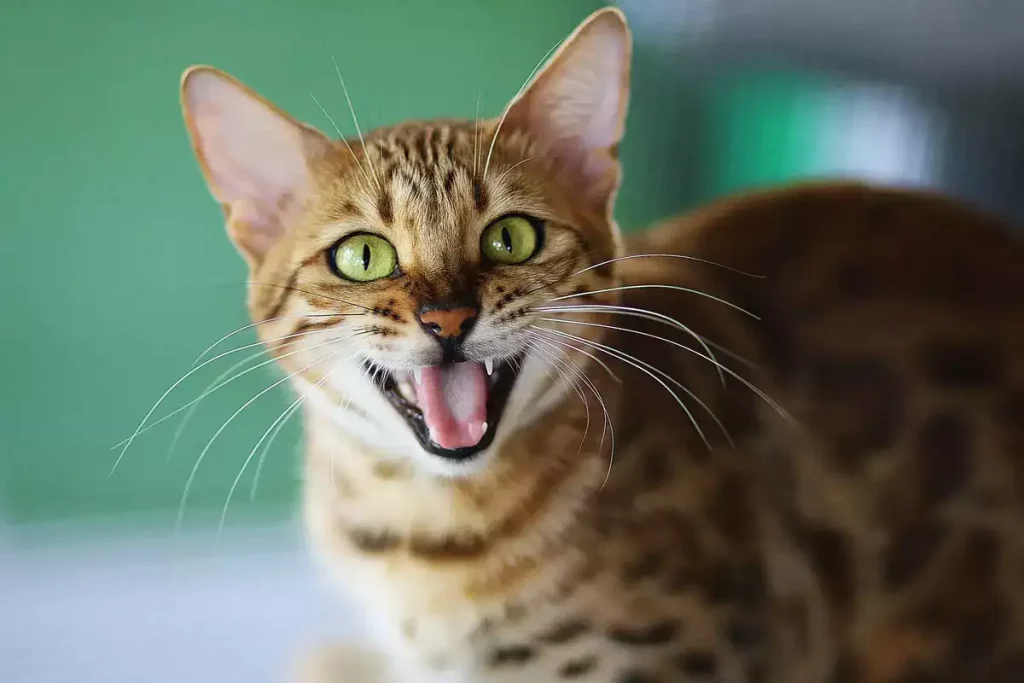
You might also see that the cat is dropping food back into the bowl once in a while, or only using one side of their mouth to chew.
Your cat may also be preferring their wet food as opposed to dry, or even have a reluctance to eat at all.
2. Your cat’s breath is worse than normal
Another you can learn to know when your cat has toothache is if you notice their breath has gotten worse recently. This is also known as halitosis and can be caused by a buildup of food particles in a cat’s mouth.
These remnants will attract bacteria and turn into plaque.
A worse condition known as periodontal disease can eventually set in, which will cause the gums to separate from the teeth. This is very painful for a cat to go through, and you should consult your vet for advice as soon as you notice the first signs.
3. Your cat has a swollen face
Swelling of the face is a telltale symptom of toothache in a cat. If one of their teeth is infected, it will spread to the face. Gently open your cat’s mouth and examine the area for inflammation, indicating an infected tooth.
When a cat has an infection in their upper jaw area, you should be particularly quick about taking them to the vet. This is because an infection in that spot could easily travel up to the nasal passages, potentially causing an upper respiratory disease.
4. Your cat has bleeding gums
Bleeding gums is a little easier to spot as a symptom, but it does not always occur for every toothache. Similar to halitosis, bleeding gums typically starts when food particles are caught and remain in the cat’s mouth. Your cat might also start grinding her teeth.
The buildup on the teeth will eventually lead to gingivitis or periodontitis, another dental condition. Periodontitis will eventually start to cause teeth to loosen and fall out.
Do rotten teeth hurt cats?
On average, 60% of all cats have dental problems at any one time. Rotten teeth hurt cats because it makes them uncomfortable while eating. Rotten teeth can also lead to worse conditions such as kidney, liver, and heart disease.
The bacteria that gather in your cat’s mouth has free rein to travel to other organs in the body by using the bloodstream. These bacteria will attack the otherwise healthy organs, while could potentially be fatal.
Often, pet owners will not notice that their cat is in pain for some time because their routines have not varied greatly.
However, once the cat is treated at the vet, the difference in how they act can be amazing.
Once the pet is back home and healthy again, owners can easily distinguish between the way that they were acting before and after.
How to prevent toothache in cats
The best way to keep your cat’s mouth healthy is by maintaining an established cleaning routine. A cat’s teeth should be brushed by its owner twice per day, once in the morning and once at night. At the bare minimum, they should get three brushings per week to reduce plaque buildup and remove bacteria.
If possible, start these brushings as soon as you get the cat, so they get used to it. Do not use human toothpaste on cats, as this can be toxic to them.
There are specific toothpaste brands for cats that should be used instead. There are also specific brush types that work well for cats.
Another thing that you can try is providing your cat with dental chew toys. They are sure to be a hit with your cat, and they work to keep plaque to a minimum. Certain types of toys are designed to scrape away the plaque on a cat’s teeth.
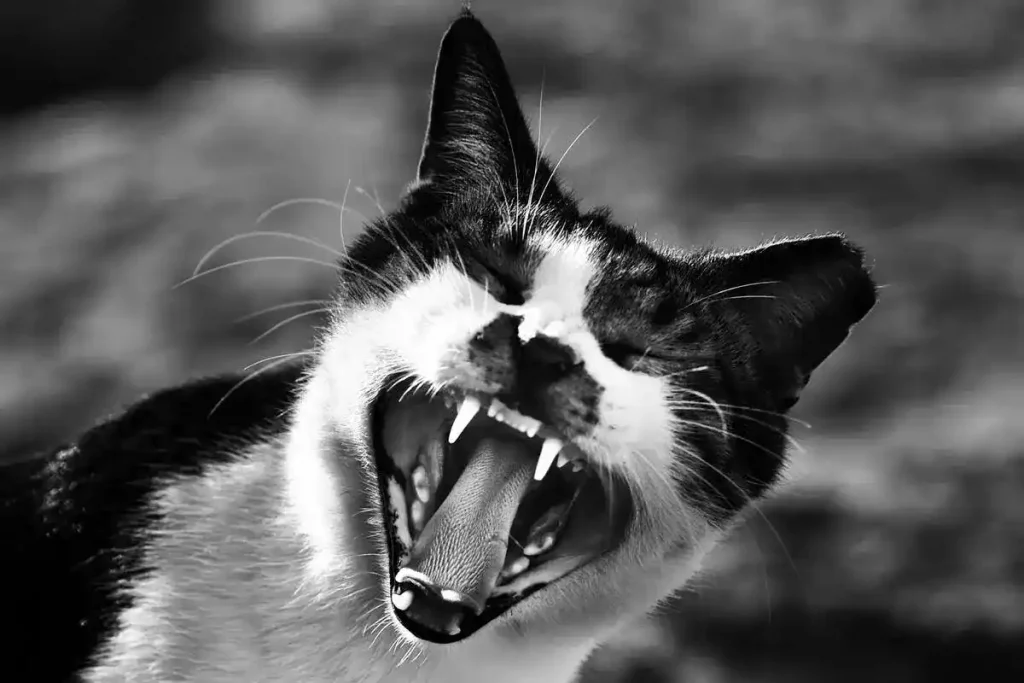
A cat should spend about 30 minutes per day with one of these toys to gain the maximum benefit. Your vet should be able to recommend some good quality chew toys through Amazon. If you need any recommendations let me know!
Cat owners should be checking their cat’s mouths for signs of inflammation and infection regularly.
Make sure you pick a moment when your cat is relaxed, and then gently open their mouth to take a look. You will be checking for lumps, plaque, broken or loose teeth, or excessive redness in a particular area.
What can I give a cat for toothache?
If, after all, your precautions, your cat still winds up with a toothache, do not feel discouraged. It can be difficult to spot at first, and it will be easier for you to notice signs of toothache after the first one. If you are waiting to get an appointment at the vet, there are a few things you can give a cat for tooth pain relief at home.
Give your cat wet food for a temporary period. They will have an easier time eating it because they do not need to crunch down. If you only have dry food, try wetting it with water before feeding it to the cat.
Cold water or ice cubes may bring a sense of relief to your cat. This could take the form of an ice pack, or even something homemade such as a bag of frozen veggies. Gently apply the object to your cat’s face in the area of infection.
The cold will numb the area, putting a temporary stop to the pain. In addition to this, leave ice cubes in your cat’s water bowl so it remains cold for longer.
Do not, under any circumstances, give the cat any human pain killers. These can react negatively with a cat’s system and potentially even be fatal. Also, never try applying a heat pack to a cat’s face when they have an infected tooth. This could result in more swelling and will not help the pain.
How to care for a cat after tooth extraction
Sometimes, the best plan of action is for the vet to treat a cat with toothache is to remove an infected or broken tooth.
Your cat will need a lot of rest in a calm and quiet space. Give the cat the medicine that the vet has prescribed, and make sure to abide by the detailed schedule for when to apply it.
You will likely be feeding your cat small meals every few hours, avoid hard kibble. Encourage the cat to drink lots of water as they heal.
Keep a close eye on your cat for the next few days or weeks, and make sure that the healing seems to be going according to schedule. If you notice anything concerning, consult with your vet.
Conclusion
Cats get toothache just like we do, and it can be very painful for them. Given their inability to communicate pain to us, we need to be very mindful of what could be causing them discomfort.
Try to catch their tooth pain early enough, and if in doubt, call the vet.
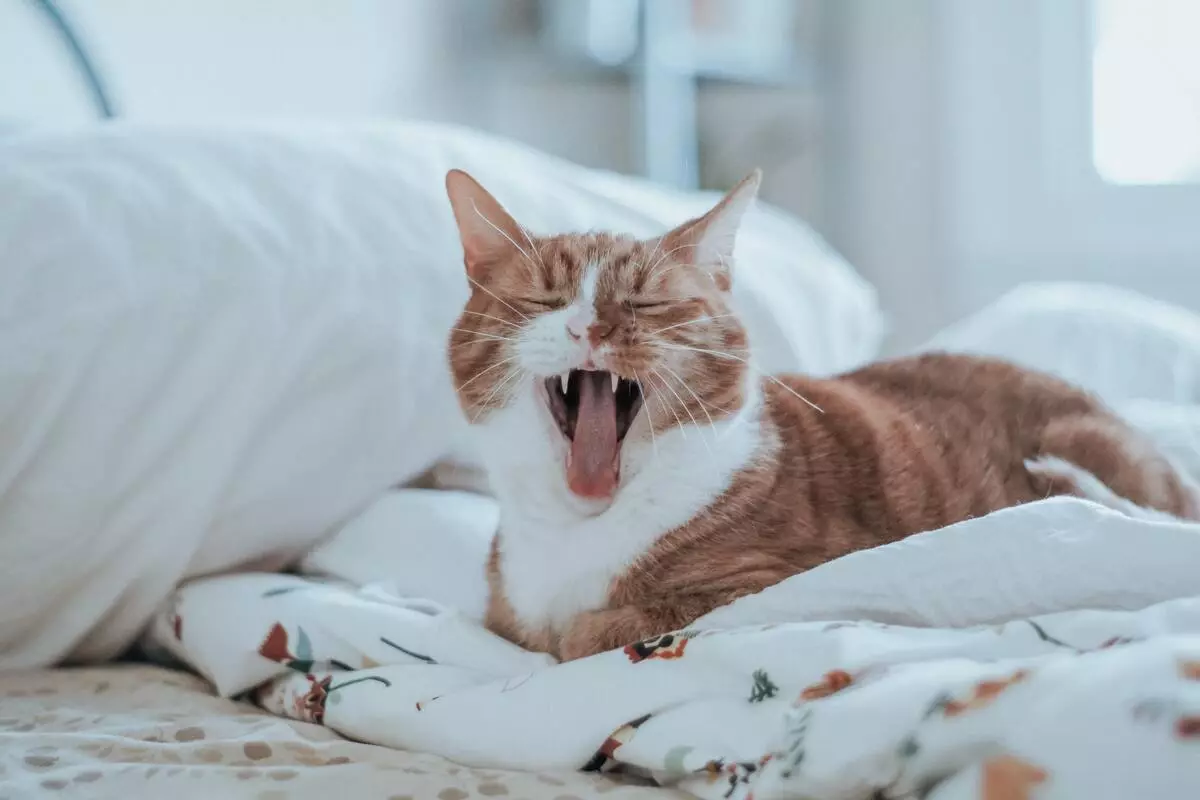
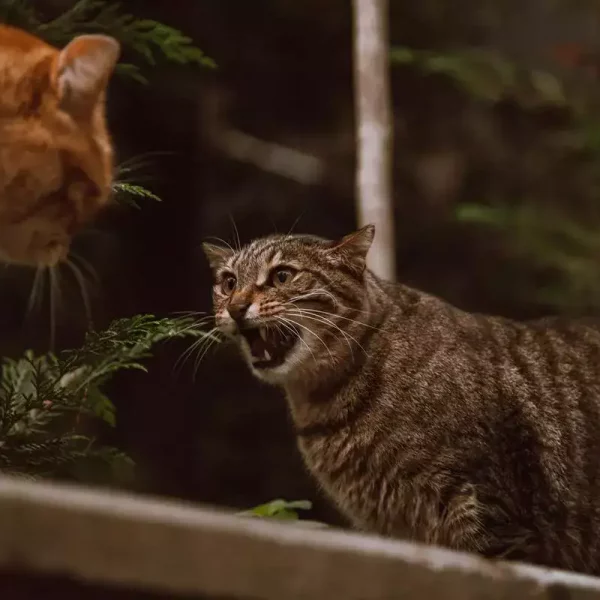
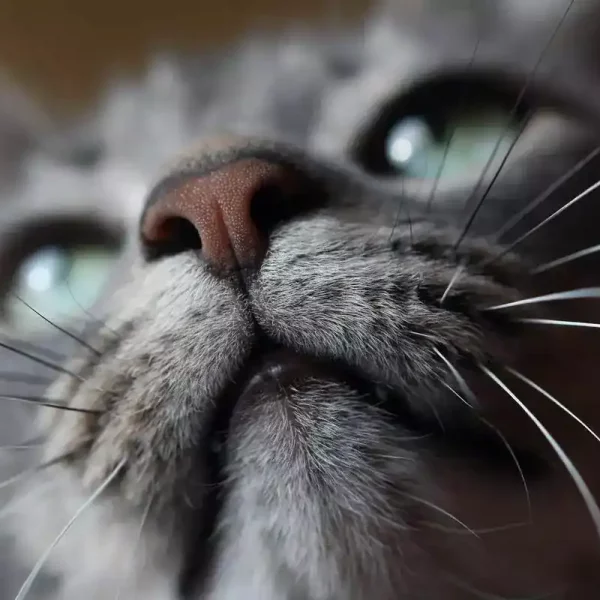
Leave a Comment